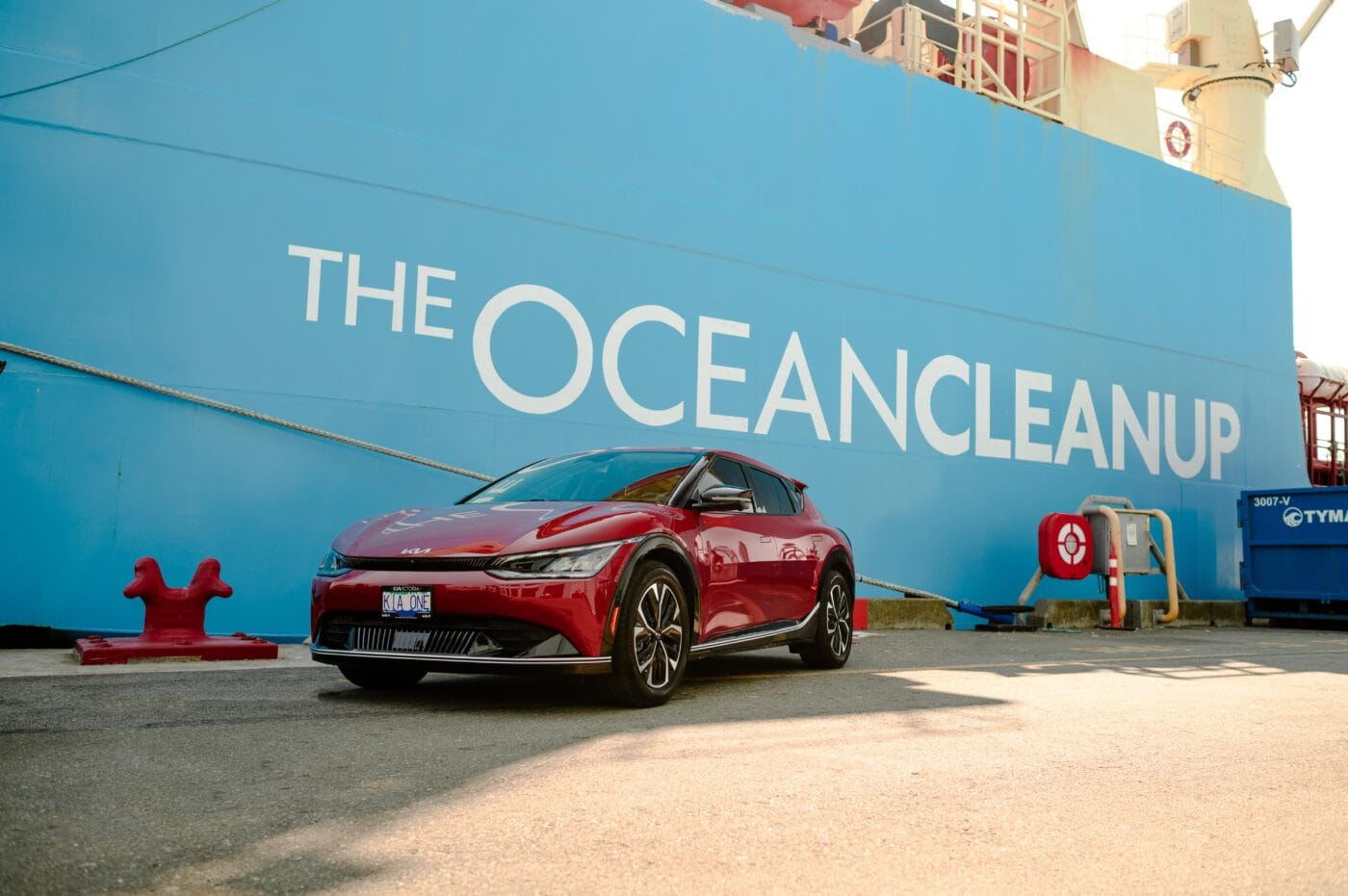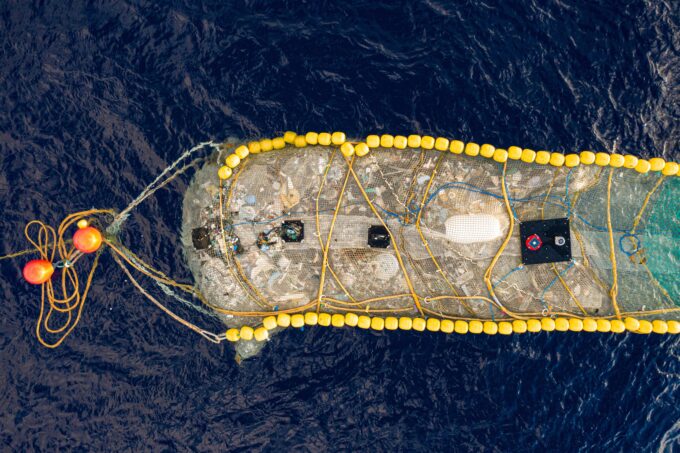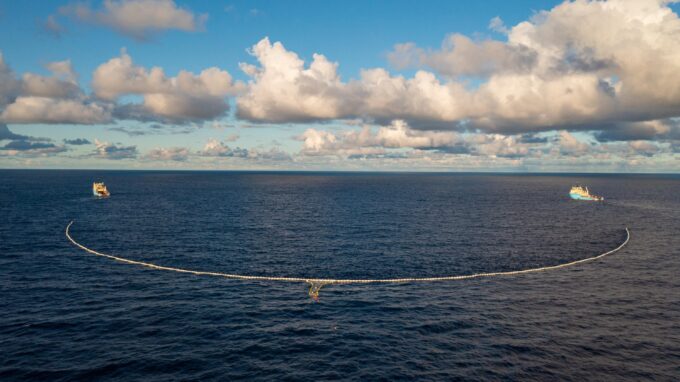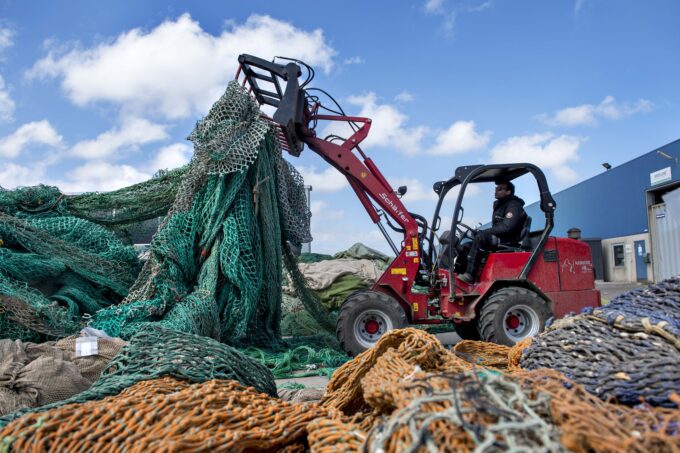The Ocean Cleanup: vehicle parts made from plastic waste
RECOVERY The Ocean Cleanup is an international non-profit project that aims to rid the oceans of plastic waste. Recently, the organization brought a record catch ashore on Vancouver Island.

Using the System 003 extraction technique developed by the environmental organization The Ocean Cleanup, some 55 tons of plastic were fished out of the water during a long voyage through the large Pacific garbage whirlpool on Vancouver Island.
This world's largest accumulation of floating trash has an estimated area of 1.6 million square kilometers - roughly three times the area of France. By 2040, Ocean Cleanup aims to have removed around 90 percent of the floating plastic waste.
Recycled plastic waste
South Korean automaker Kia has supported the project worldwide since 2022 and intends to use some of the recycled plastic waste in future models. Kia has initially pledged support to the organization for seven years. By 2030, the Koreans want to increase the use of recycled plastics by more than 20 percent, and CO2-neutrality is planned for 2045.
Kia has already implemented more than 30 sustainable product solutions in various components. In the new EV9 SUV, for example, old fishing nets retrieved from the sea are reused in a new form as floor carpets.
Footprint reduction
To prevent marine pollution, conserve resources and reduce CO2-In order to reduce the carbon footprint, other automakers also want to use more recycled materials in the future. BMW, for example, is planning to use plastic trim parts for its New Class models from 2025 onwards, around 30 percent of the raw material for which comes from old fishing nets and ropes.
This raw material is preventively sourced from ports around the world to ensure that it is not disposed of as waste in the sea. Overall, BMW has set itself the goal of increasing the proportion of secondary materials in the plastics used in new vehicles from around 20 percent at present to around 40 percent by 2030.












